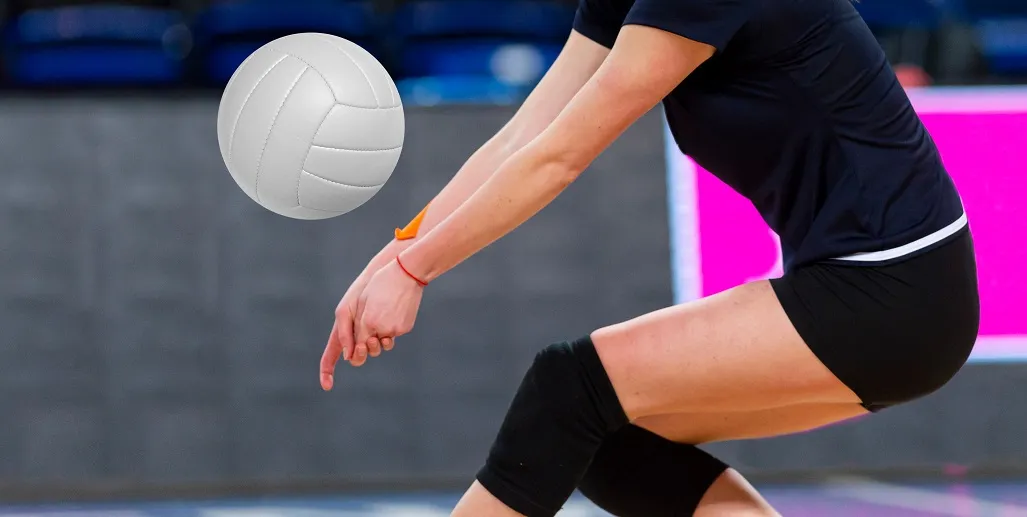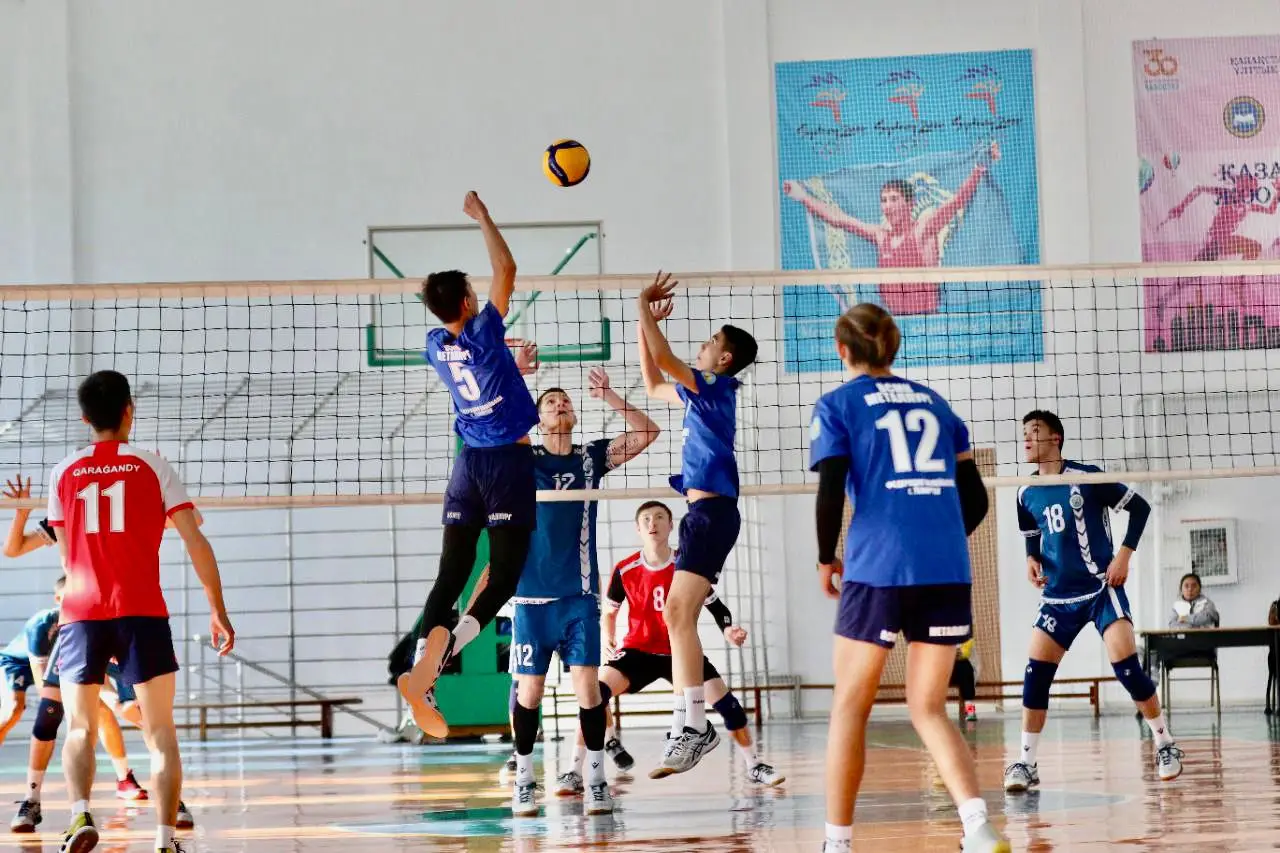Here they don’t spend their vacation, they take points from under the block. The sun doesn’t caress, it blinds. The wind doesn’t refresh, it disrupts the trajectory. A real arena. Only precise tips on playing beach volleyball help turn summer leisure into championship-level play.
Basics of Technique and Layout
No “little by little.” Beach volleyball is a physically demanding discipline. Soft sand complicates jumps, worsens stability, and makes the body work twice as hard.

Key advice: at the beginning, it’s not about skills, but physics. Jumps, accelerations, stability. A simple task – 30 seconds of jumping in place on the sand – quickly shows who is ready to start.
Playing technique in beach volleyball differs from the classic format. Reception is often done with fingers (if there is no strong serve), passing – only over the head, with wrists. Touching is allowed only three times, without palm flips and without “carrying” the ball.
Learning beach volleyball starts with mastering the basic position. The athlete bends their knees, leans the torso forward – the heels do not touch the sand. The center of gravity is in the hips. The position resembles a runner’s stance before the start, but in motion.
The Field Doesn’t Forgive: Knowing the Rules Determines the Outcome
Beach volleyball: the rules are concise and strict. Played two on two. The court – 16×8 meters. Side switches – every 7 points. Up to 21 – one set, best of two.
A classic question for beginners is how to play volleyball on the sand? The answer – start with understanding the logic of scoring. Scoring in beach volleyball is done from the play of each ball, regardless of the serve. Error – minus a point. Everything is fast. The pace does not forgive slowing down, especially during a timeout.
Each play is a battle for space. Blocking requires coordination. Blocking is only done in a jump, without touching the net. One second of delay – minus a point.
Game Architecture: Serve, Reception, Passing, Hit
Each element is like a gear tooth. One malfunction – the whole machine breaks.
- Serve starts without a jump, aiming for the area between players. This is a weak spot even for experienced players;
- Reception is done not from the chest, but with arms extended – the hip helps stabilize the ball;
- Passing requires perfect geometry. The ball should not spin. Otherwise – a fault;
- Hit is directed diagonally – the minimum area for a block.
Tips on playing beach volleyball from FIVB coaches state: “Learn to read the wind before the ball.” Even a light wind at 4-5 m/s shifts the serve half a meter. Error – minus a point.
How to Learn to Play Beach Volleyball from Scratch
Starting from zero is not an obstacle. The main thing is not to copy indoor habits. Technique requires a reset. Abandoning familiar tricks, avoiding accepting “soft” balls with the chest. There is no third support here – the floor is solid only in theory. The sand eats up inertia.
Important: start with one area. Focus on reception for 2 weeks. The next 10 days – passing. Only after that – blocking.
Key Tips for Playing Beach Volleyball
Professional experience speaks not in general words, but in actions. One set – one chance.
Top 6 Proven Tips:
- Square Play – trains positioning. The field is visually divided into four sectors. Each step – along the trajectory, not intuitively.
- Passing Against the Wind – a key skill. The ball always drifts to the side. Only a point over the shoulder stabilizes the flight.
- Low Center of Gravity – reaction speed increases by 0.2 seconds.
- Auditory Orientation – the partner always warns: “block,” “mine,” “second.”
- Timeout – not for resting. In 30 seconds – only tactics, no breathing.
- Touch Control – only one double touch allowed per play. Penalty – loss of the ball.
No Substitutions – Only Adaptation
There are no substitutions in the game. Each player is a utility player. One player’s mistake – the failure of the entire tactic. Psychological endurance comes to the fore. There is no “waiting it out” on the sand – here, either you retrieve the ball or lose the play.
Tips for playing beach volleyball at a high level include developing stress resistance through simulating matches without breaks. Weaknesses are only revealed under pressure – nervous reception, chaotic passing, errors in hitting.
One Ball – a Thousand Decisions
The ball in beach volleyball is not just an object. It’s a marker. Its trajectory reveals the opponent’s plan. Serving to the center is a signal of testing a weak reception. A long pass is a sign of inexperience.
An advanced level involves analyzing opponents on the fly. Statistics show: 80% of balls from beginners come back straight. This is a chance for blocking. Advanced players attack diagonally, using the area between players.
Beginner beach volleyball rules often overlook the choice of zone. But this is where points are won. Each timeout turns into a mini-briefing – analysis, not rest.
Micro-Analysis and Point Correction
A timeout is 30 seconds. Each one is worth its weight in gold. During the break – adjusting position, changing the serving zone, altering the pace.
Tips for playing beach volleyball at this stage include working with the body. Simple reception – pouring cold water on the legs. This restores sensitivity after overheating, helping to maintain reaction.

Blocking starts to lose effectiveness after 15 minutes of active play – muscles overheat. Here, controlling breathing and water intake is important. FIVB athletes take small sips every 6 plays. This prevents overheating and reduces the risk of cramps.
Conclusion
Tips for playing beach volleyball only work with discipline. Here, it’s not the strongest who win, but those who act more precisely. Understanding the rhythm plays a crucial role: not the force of the hit, but the angle, not the height of the serve, but the landing zone. Masters don’t seek the perfect moment. They create it. One ball, one point, one chance – and precise calculation.
 en
en  de
de  ar
ar  es
es  hi
hi  fr
fr  nl
nl  it
it  pt
pt  el
el 










